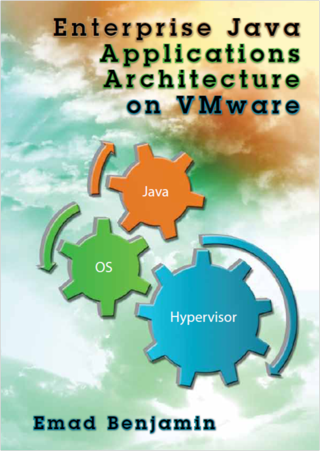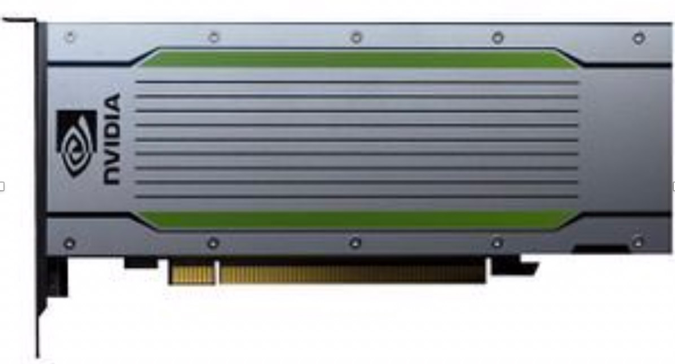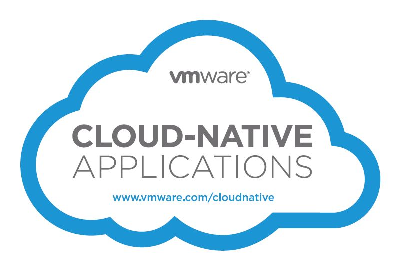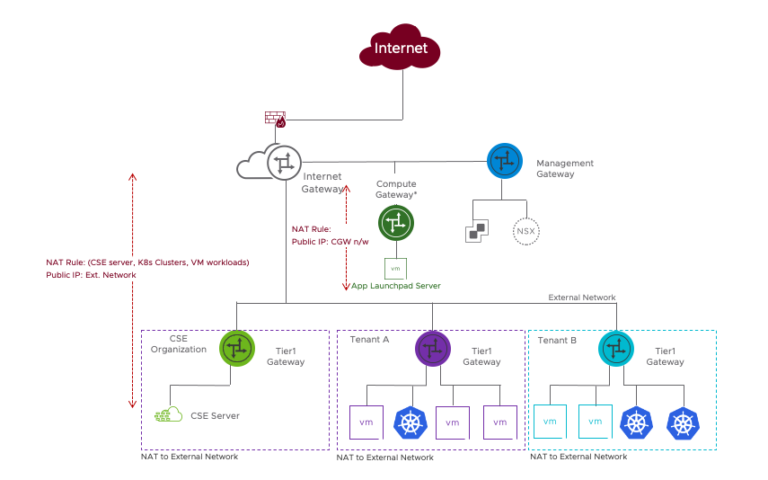
So what is ESXi-Arm? And what is a Fling? And what is the goal with all this? There’s lots to unpack here, so let’s dive right in.
ESXi-Arm
As the name suggests, ESXi-Arm is a version of ESXi built to run on 64-bit Arm processors. Traditionally, ESXi was designed for x86 compute virtualization. However, a few years ago, a small team of Arm experts at VMware started working on porting ESXi to Arm. This was a huge technical undertaking. Not only is ESXi a large codebase, with many technical subtleties, but the underlying semantics of Arm processors are quite different than x86. This required careful testing and modification to ensure ESXi ran on both Arm and x86 platforms while maintaining ESXi’s high standards.
We worked closely with Arm through their Project Cassini to get ESXi-Arm up and running across a wide range of devices to cover data center, edge compute and beyond. This work included extending hardware standards, firmware standards, and certification beyond the existing Arm server ecosystem, which enabled us to support platforms like SmartNICs and the ubiquitous Raspberry Pi. We even collaborated on drivers.
Beyond the technical challenges, we have explored the use cases for using Arm processors. Over the past several years, you’ve seen us demonstrate a number of different use cases at VMworld: mission critical workloads on a wind turbines, running a cluster of ESXi hosts on a single physical server using SmartNICs, vSAN storage servers and witness appliances, and running on AWS Graviton in the cloud. As we talked with customers and partners, one use case that quickly rose to the top was running ESXi on the Arm processor on a SmartNIC. So, we kicked off a project to implement that: Project Monterey.
Project Monterey
We announced Project Monterey last week at VMworld. It’s a rethinking of the hardware architecture underlying VMware Cloud Foundation. In particular, Project Monterey adds SmartNIC support to VMware Cloud Foundation. This can deliver some powerful use cases: improved network performance, zero-trust security, storage acceleration, bare metal support in vSphere (!!), and hardware disaggregation through composability. This is all enabled by ESXi running on the SmartNIC, specifically on Arm-based SmartNICs.
This is the first use case of ESXi-Arm – supporting ESXi running on SmartNICs to deliver all these great benefits of Project Monterey. We’re already working with customers to better understand their needs around Project Monterey and SmartNICs. However, we want to learn more about other ways our customers want to use ESXi-Arm. This brings us to the fling.
ESXi-Arm Fling
A Fling is a VMware program sponsored through the Office of the CTO designed to offer early stage software to the VMware community. Our customers and the broader VMware community get to take new technology for a test drive and give us valuable feedback on use-cases and opportunities for improvement. A Fling is not generally available (GA) or production code (and thus not supported), nor is it necessarily on a path to productization. Flings both offer interesting functionality for the broader VMware community and provide a conduit for feedback and insights into how people want to use the technology. It’s a lightweight mechanism to get new innovation out to customers quickly and efficiently.
We have wanted to release an ESXi-Arm Fling for quite some time. However, the ESXi code wasn’t quite ready and there wasn’t a lightweight, widely-proliferated Arm platform that fully met our requirements. We’re happy to say that both of these issues have been addressed! We’ve matured the ESXi-Arm code such that it works outside of the highly controlled environments we leveraged for demos and implemented broader device driver and platform support. And with the Raspberry Pi 4 with 8GB now available, we have an easily-accessible hardware platform for ESXi-Arm.
Hence the ESXi-Arm Fling is now here! As mentioned, these are ESXi bits that you can download and try out yourself. Ample instructions are included on the Fling site. We target four platforms: Raspberry Pi 4, as just mentioned, plus Ampere Computing eMAG-based servers for more traditional use-cases and a couple of NXP LayerScape-based Edge/IoT platforms.
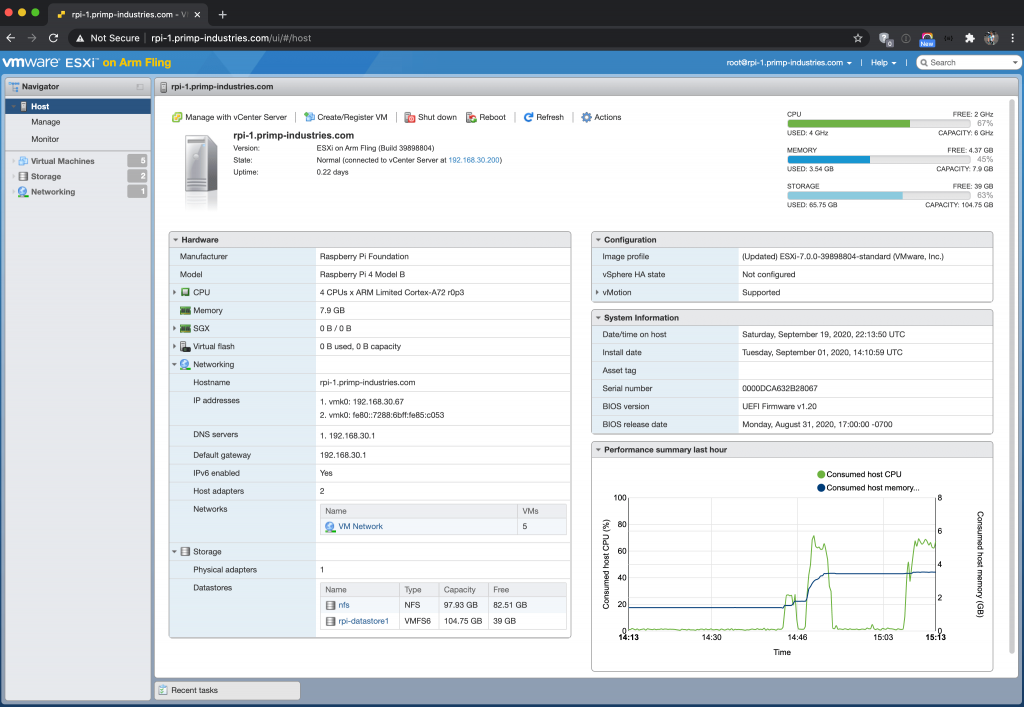
Once up and running, the ESXi-Arm Fling can be managed by vCenter Server 7.0 or newer. On the Fling site we’ve got documentation on some of the things you can do but feel free to try out other things as we believe the majority of vSphere and/or integrations should work. So download it and take it for a spin!
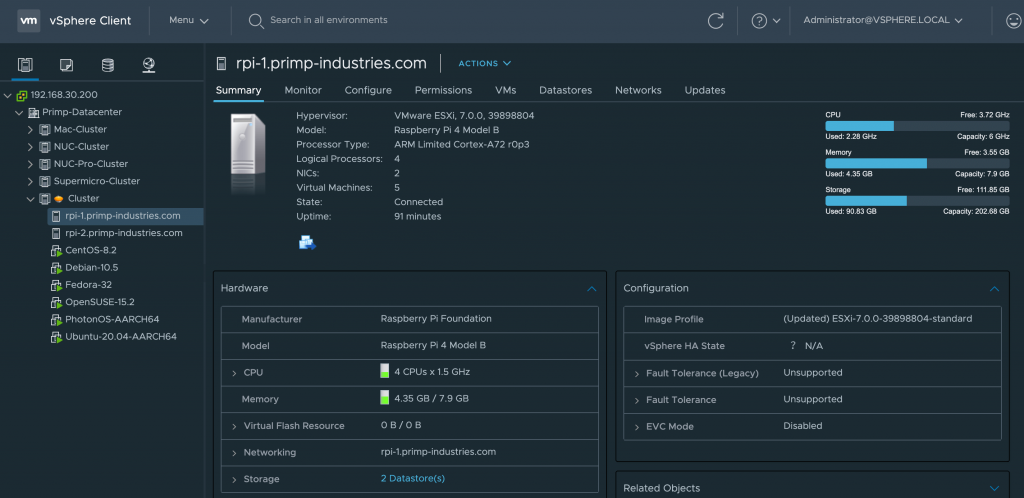
Feedback
As mentioned, we are very interested in your feedback on ESXi-Arm. What would you like to use it for? Are you looking at edge use cases? Data center? Something else? What additional features or capabilities does it need?
Here are few ways to engage with us
We want your feedback to help us understand how you’d like to use it. This will help us appropriately prioritize future plans here. So please give the ESXi-Arm Fling a try today and let us know what you think!

